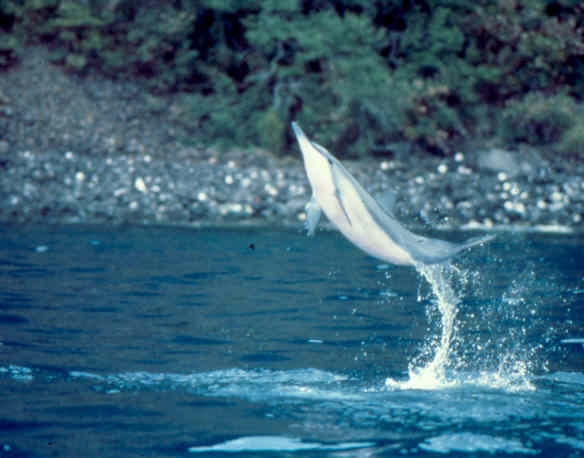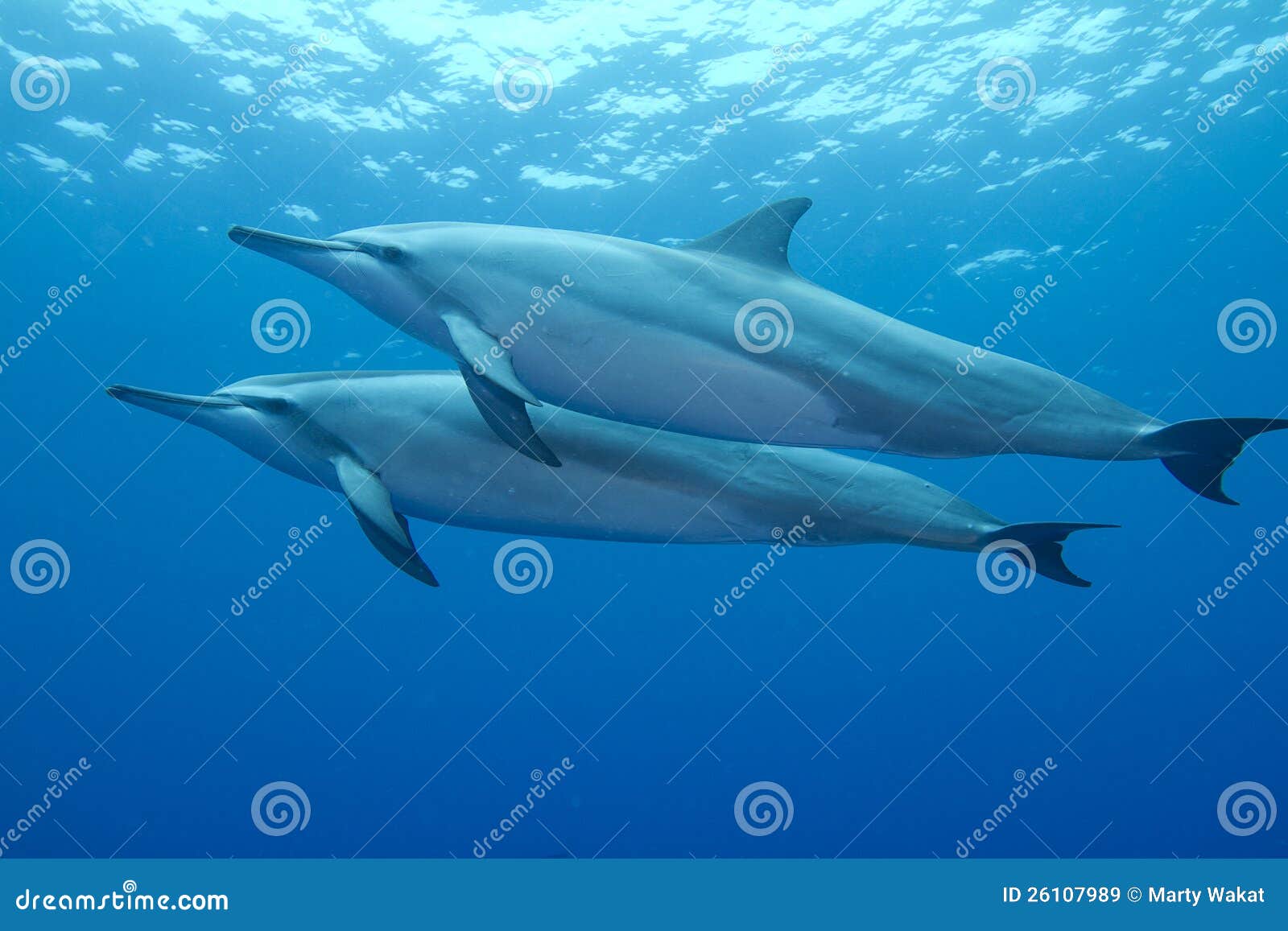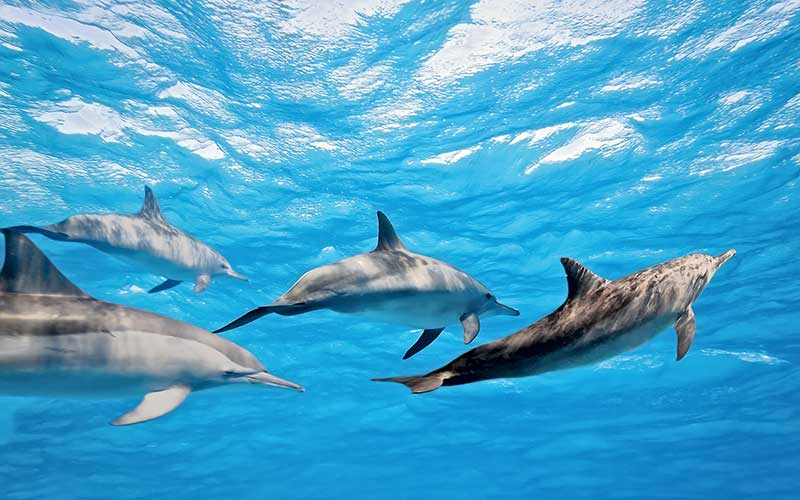
Ocean has also swum with whales and dolphins in 20 other countries, and she believes that the human-dolphin interactions in Hawaii are unique. “If we float respectfully and don’t chase them, they come close to us and stay near us to play,” she remarks. “If they decide to swim with us, then we mimic their behavior – when they seem quiet, so are we.”įor the past three decades, Ocean has advised fellow swimmers, boat crews and marine lifeguards to follow a few simple principles: enter the water quietly never swim over top of them float or kick calmly with arms at your sides and never touch a dolphin. “It’s always the dolphins’ choice,” says Ocean. She points out that dolphins can move through water much, much faster than we can. Joan Ocean, 79, is a counseling psychologist who has swum beside dolphins thousands of times since moving to Hawaii 33 years ago. Remarkably, these wild animals appear out of the deep blue more often than not to meet the swimmers. Locals gather on beaches each morning and swim out to see pods of spinners, named for their graceful leaps and impressive rotational flips in the air. Residents of the Kona Coast have been swimming with wild spinner dolphins for over 30 years. The final rule is expected out in the spring of 2020.īut like any rule, this one will have exceptions – including instances when dolphins approach swimmers of their own volition.

Kurtz says that if NOAA’s proposed rule is implemented, it would help address the impacts on the animals from repeated close approaches with boats and people. One of the agency’s main concerns is that swim tours may be disrupting the dolphins during their daytime resting period, when the animals recuperate from their nocturnal forays into the open ocean for fish. “Research shows that humans approaching within 50 yards of spinner dolphins results in ‘harassment’ as defined under the Marine Mammal Protection Act,” says Adam Kurtz, marine wildlife management coordinator with NOAA’s National Marine Fisheries Service.


Over 22,000 public comments were received on the draft rule, reflecting the decades-long debate about whether interacting with dolphins is good or bad for the animals. To address the increasing pressure on spinner dolphins, the National Oceanic and Atmospheric Administration (NOAA) proposed a rule in 2016 to ban swimming within 50 yards of the animals. Over the past 10 years, the demand for boat-based dolphin swim tours has spiked, driven in part by numerous social media images of tourists floating alongside dolphins. Dolphins' human-like behavior and curiosity about people endears them to visitors and locals.


 0 kommentar(er)
0 kommentar(er)
